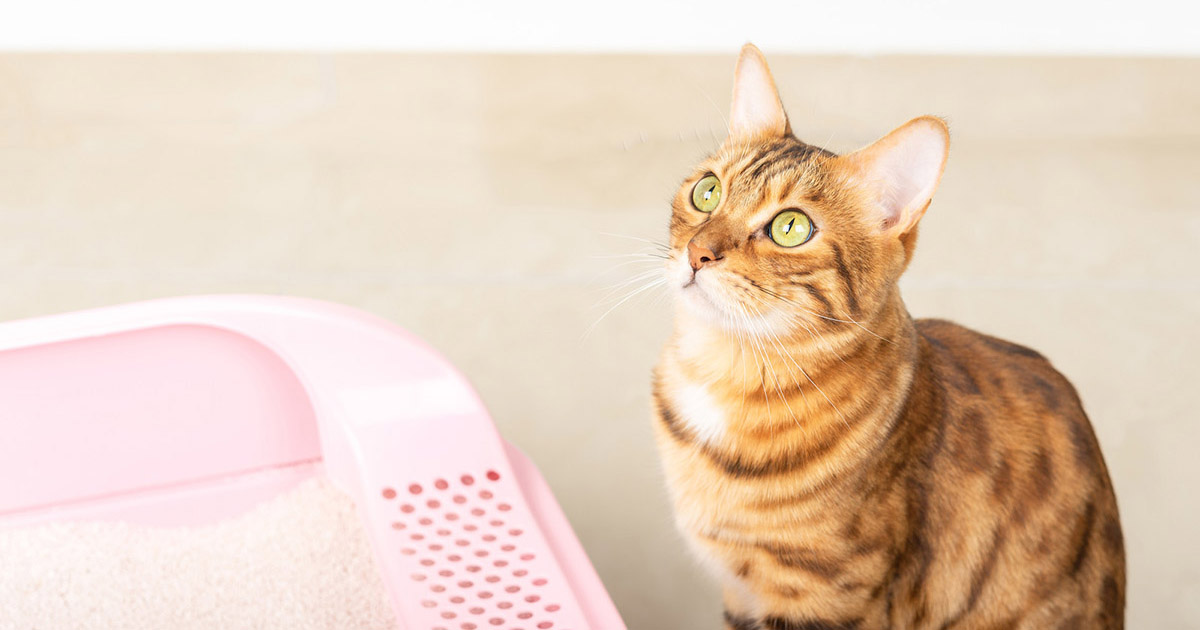Why Flushing Cat Poop Down Your Toilet Isn't a Good Idea - Advice for Proper Handling
Why Flushing Cat Poop Down Your Toilet Isn't a Good Idea - Advice for Proper Handling
Blog Article
Every person has got their own individual opinion on the subject of Don’t flush cat feces down the toilet.

Introduction
As cat owners, it's important to be mindful of just how we take care of our feline close friends' waste. While it might appear practical to flush feline poop down the bathroom, this practice can have detrimental consequences for both the environment and human health and wellness.
Alternatives to Flushing
Fortunately, there are much safer and much more liable means to get rid of cat poop. Consider the following choices:
1. Scoop and Dispose in Trash
The most typical method of disposing of pet cat poop is to scoop it right into an eco-friendly bag and throw it in the garbage. Make sure to make use of a devoted clutter inside story and deal with the waste without delay.
2. Use Biodegradable Litter
Opt for eco-friendly feline litter made from products such as corn or wheat. These clutters are eco-friendly and can be securely gotten rid of in the garbage.
3. Bury in the Yard
If you have a yard, think about burying feline waste in a marked location far from vegetable yards and water sources. Make certain to dig deep adequate to stop contamination of groundwater.
4. Set Up a Pet Waste Disposal System
Purchase a pet dog garbage disposal system specifically created for cat waste. These systems utilize enzymes to break down the waste, minimizing odor and environmental effect.
Health Risks
In addition to ecological concerns, purging cat waste can also position wellness risks to humans. Feline feces might include Toxoplasma gondii, a bloodsucker that can trigger toxoplasmosis-- a possibly severe disease, specifically for expectant ladies and people with weakened body immune systems.
Ecological Impact
Purging cat poop presents damaging pathogens and bloodsuckers right into the water system, posturing a substantial danger to aquatic ecosystems. These impurities can negatively influence marine life and concession water quality.
Conclusion
Responsible pet dog ownership expands beyond providing food and sanctuary-- it also entails correct waste monitoring. By avoiding flushing cat poop down the toilet and choosing different disposal approaches, we can decrease our ecological footprint and safeguard human health.
Why Can’t I Flush Cat Poop?
It Spreads a Parasite
Cats are frequently infected with a parasite called toxoplasma gondii. The parasite causes an infection called toxoplasmosis. It is usually harmless to cats. The parasite only uses cat poop as a host for its eggs. Otherwise, the cat’s immune system usually keeps the infection at low enough levels to maintain its own health. But it does not stop the develop of eggs. These eggs are tiny and surprisingly tough. They may survive for a year before they begin to grow. But that’s the problem.
Our wastewater system is not designed to deal with toxoplasmosis eggs. Instead, most eggs will flush from your toilet into sewers and wastewater management plants. After the sewage is treated for many other harmful things in it, it is typically released into local rivers, lakes, or oceans. Here, the toxoplasmosis eggs can find new hosts, including starfish, crabs, otters, and many other wildlife. For many, this is a significant risk to their health. Toxoplasmosis can also end up infecting water sources that are important for agriculture, which means our deer, pigs, and sheep can get infected too.
Is There Risk to Humans?
There can be a risk to human life from flushing cat poop down the toilet. If you do so, the parasites from your cat’s poop can end up in shellfish, game animals, or livestock. If this meat is then served raw or undercooked, the people who eat it can get sick.
In fact, according to the CDC, 40 million people in the United States are infected with toxoplasma gondii. They get it from exposure to infected seafood, or from some kind of cat poop contamination, like drinking from a stream that is contaminated or touching anything that has come into contact with cat poop. That includes just cleaning a cat litter box.
Most people who get infected with these parasites will not develop any symptoms. However, for pregnant women or for those with compromised immune systems, the parasite can cause severe health problems.
How to Handle Cat Poop
The best way to handle cat poop is actually to clean the box more often. The eggs that the parasite sheds will not become active until one to five days after the cat poops. That means that if you clean daily, you’re much less likely to come into direct contact with infectious eggs.
That said, always dispose of cat poop in the garbage and not down the toilet. Wash your hands before and after you clean the litter box, and bring the bag of poop right outside to your garbage bins.
https://trenchlesssolutionsusa.com/why-cant-i-flush-cat-poop/

We had been shown that editorial on How to Dispose of Cat Poop and Litter Without Plastic Bags through someone on another web page. Remember to set aside a second to promote this blog if you appreciated it. Thank you so much for your time invested reading it.
Request Appointment Report this page